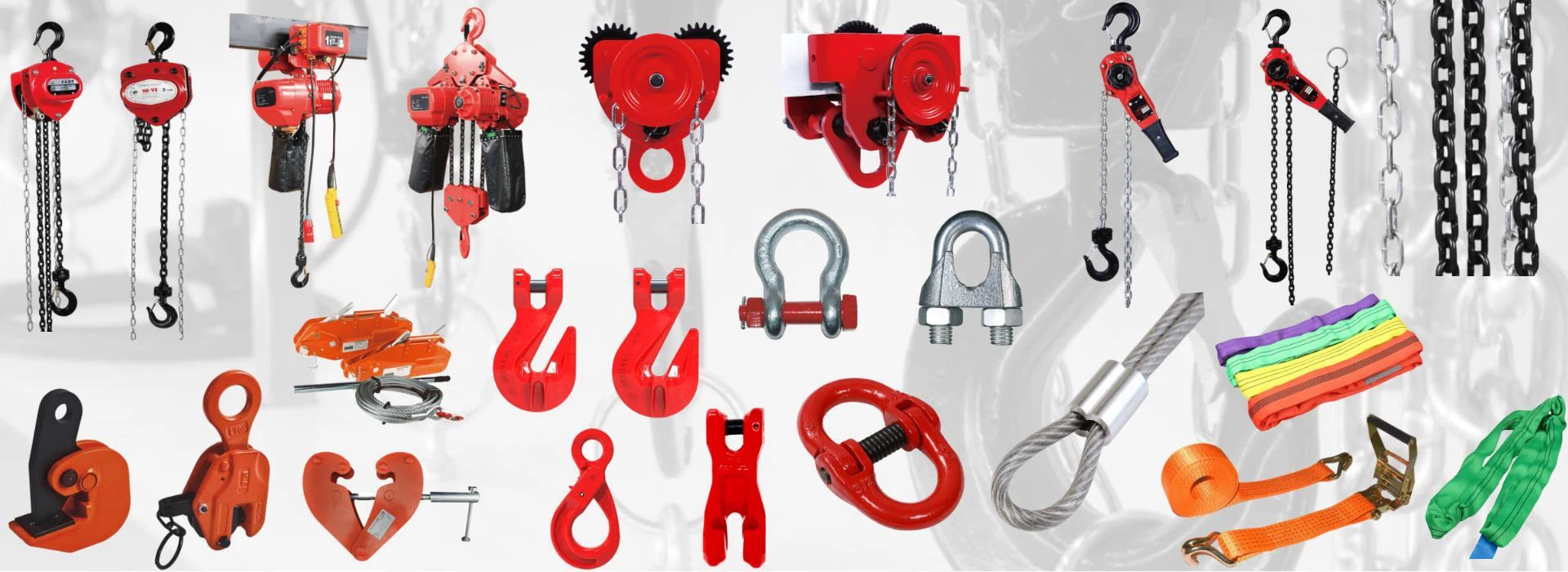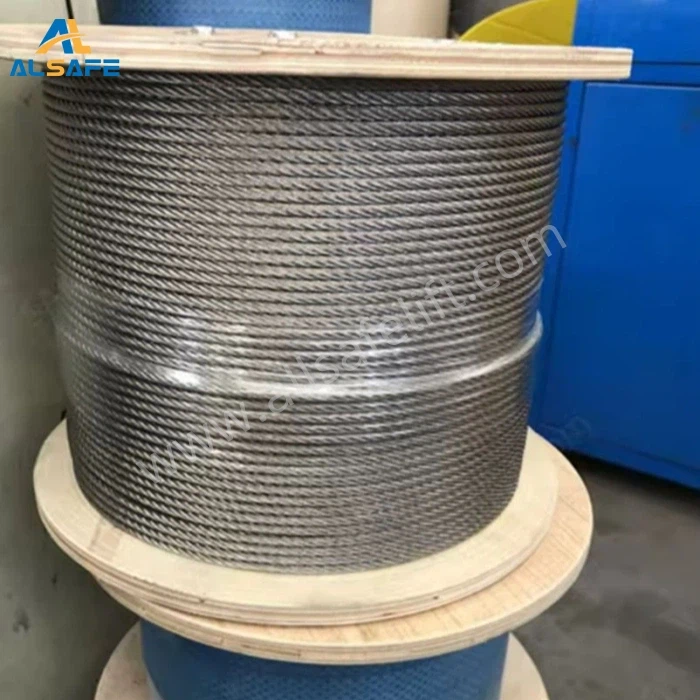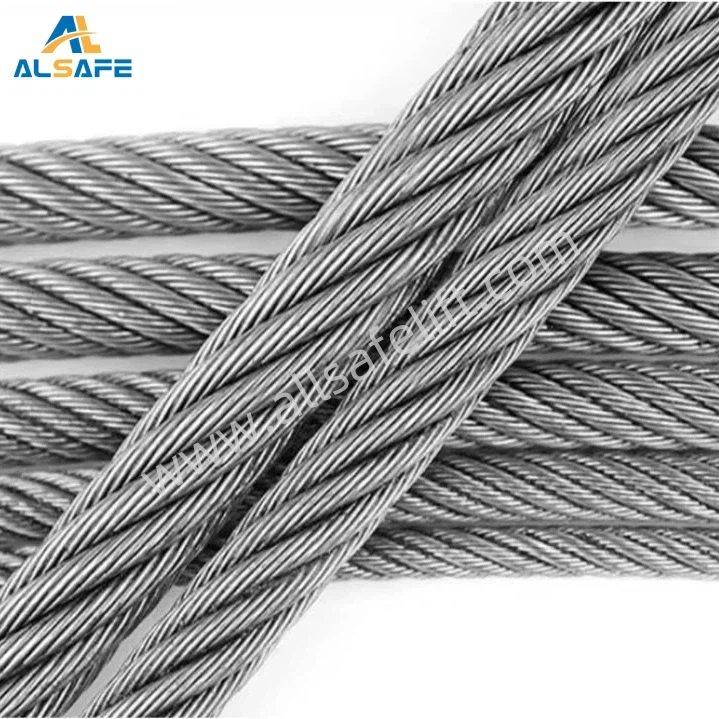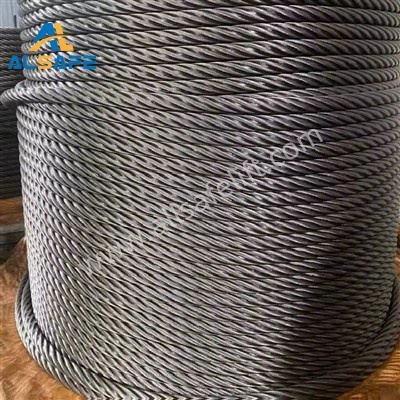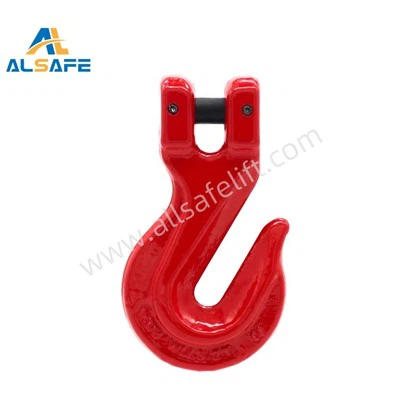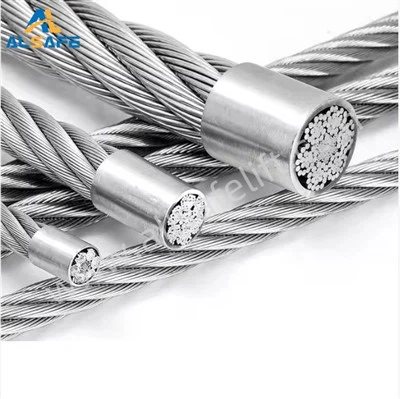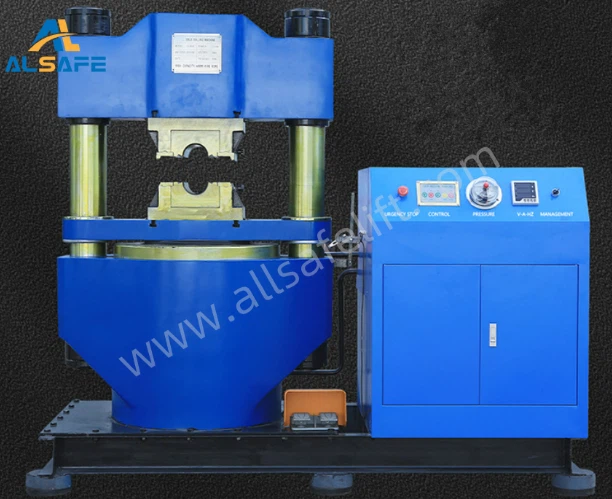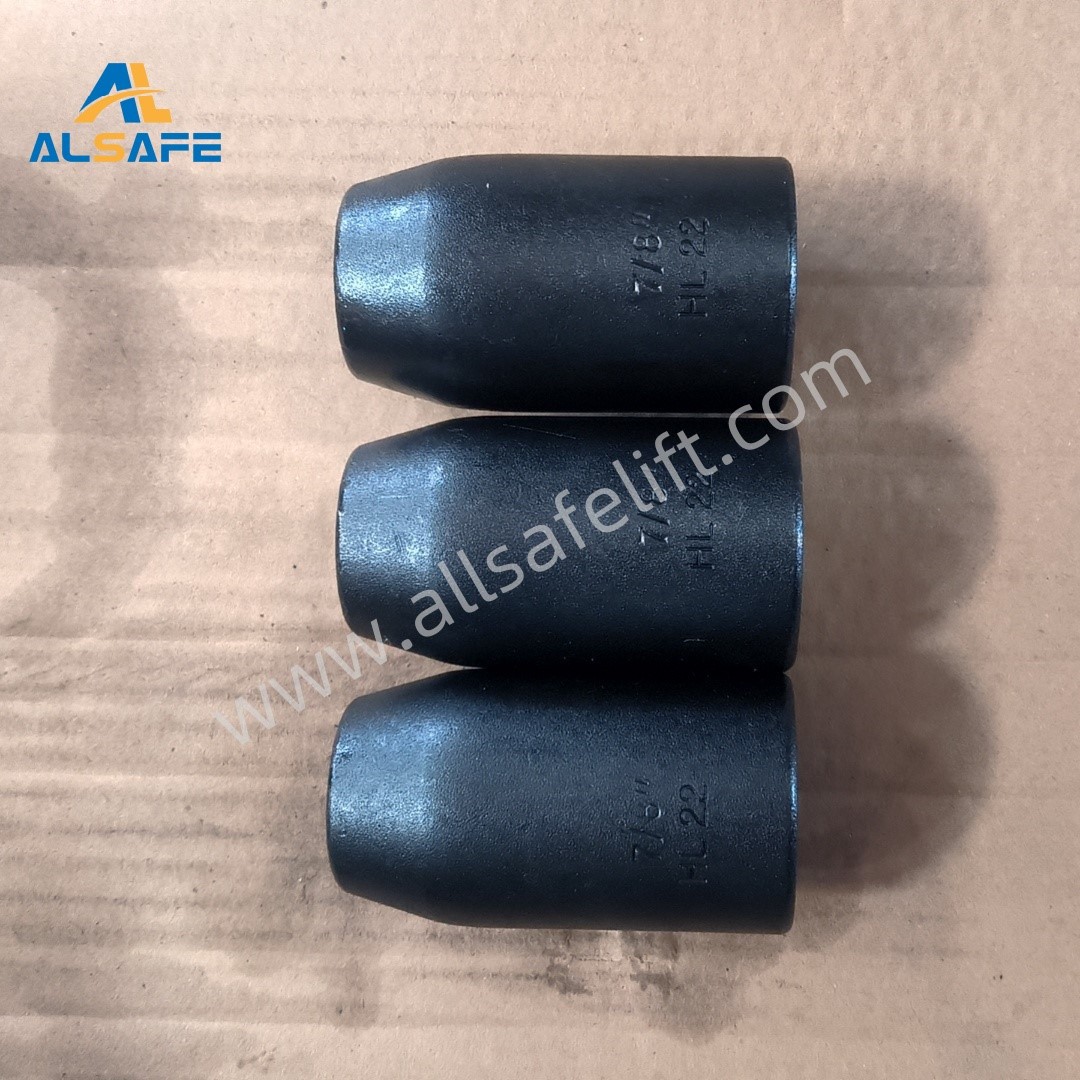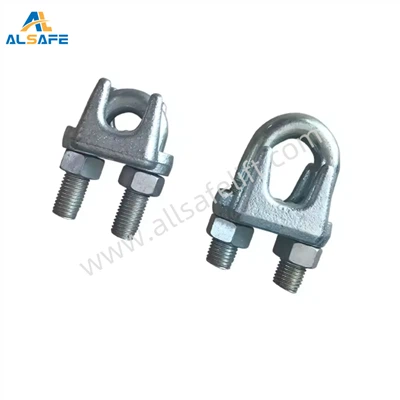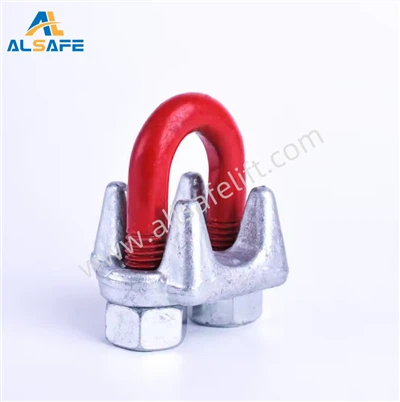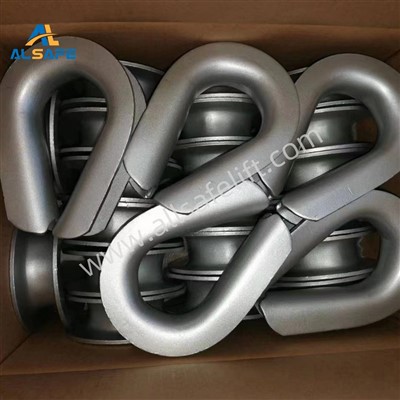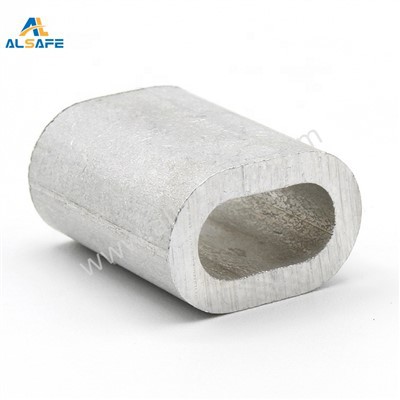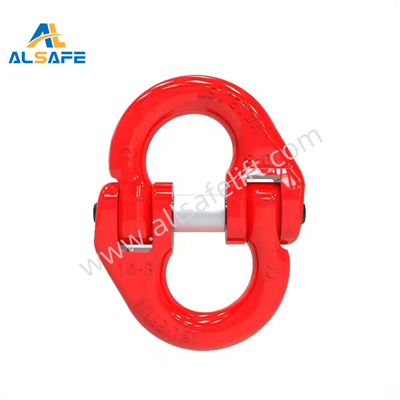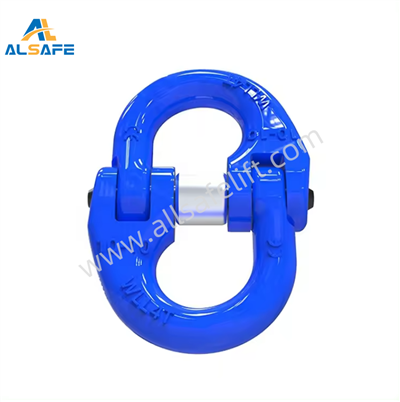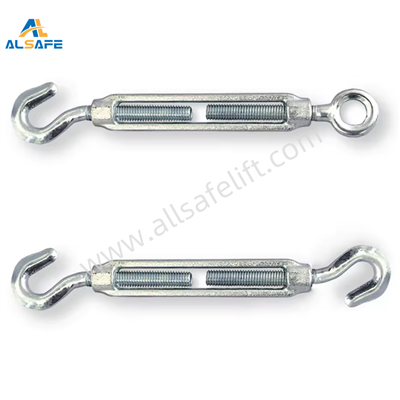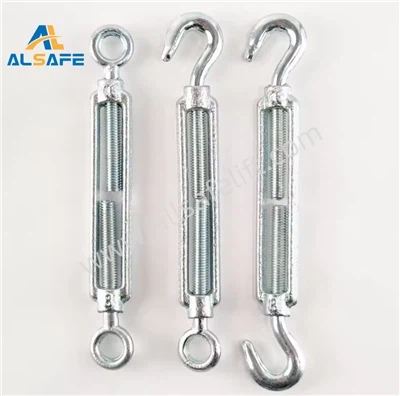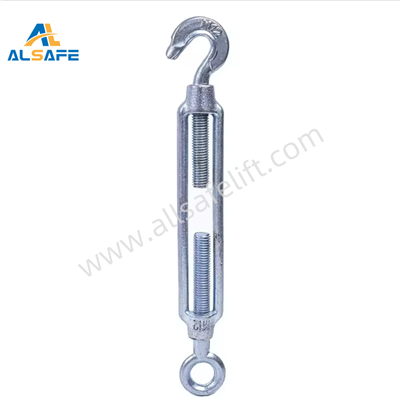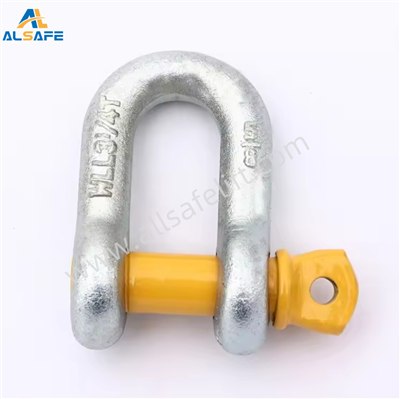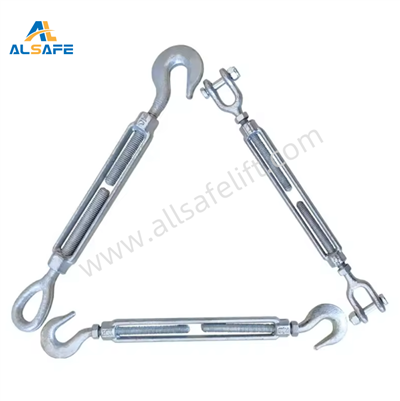Riggings and Fittings
Known for high quality product and excellent , timely service . AllSafe Group is a leader in the fields of lifting equipment and riggings.
With a wide range of premium products , hardware riggings and material handing equipment , Our top priority is to deliver high quality products while ensuring complete customer satisfaction.
Tested and certified, our products are genuine and meet international standards and requirements. Our wide range of material-handling equipment and hardware riggings include chain block , lever block , electric hoist , plain/geared trolley , G80 chains , webbing sling , ratchet tie down , steel wire rope , shackles, turnbuckles, wire rope clips , among others.
Why Choose Us?
High Quality
Prefessional QC team with 20 Years' experience. Tested and certified, our products are genuine and meet international standards and requirements.
Complete Range of Products
Our wide range of material-handling equipment and hardware riggings include chain block , lever block , electric hoist , plain/geared trolley , G80 chains , webbing sling , ratchet tie down , steel wire rope , shackles, turnbuckles, wire rope clips , among others.
Quality Control
Grade 80 & Grade 100 Materials used for all lifting equipment & riggings. With a wide range of premium products, hardware riggings and material handing equipment, Our top priority is to deliver high quality products while ensuring complete customer satisfaction.
What Are the Products of Riggings And Fittings
Clevis Grab Hook
Aluminium Ferrules Sleeves
G414 Thimble
Wire Rope Clip
Shackle
Turnbuckle
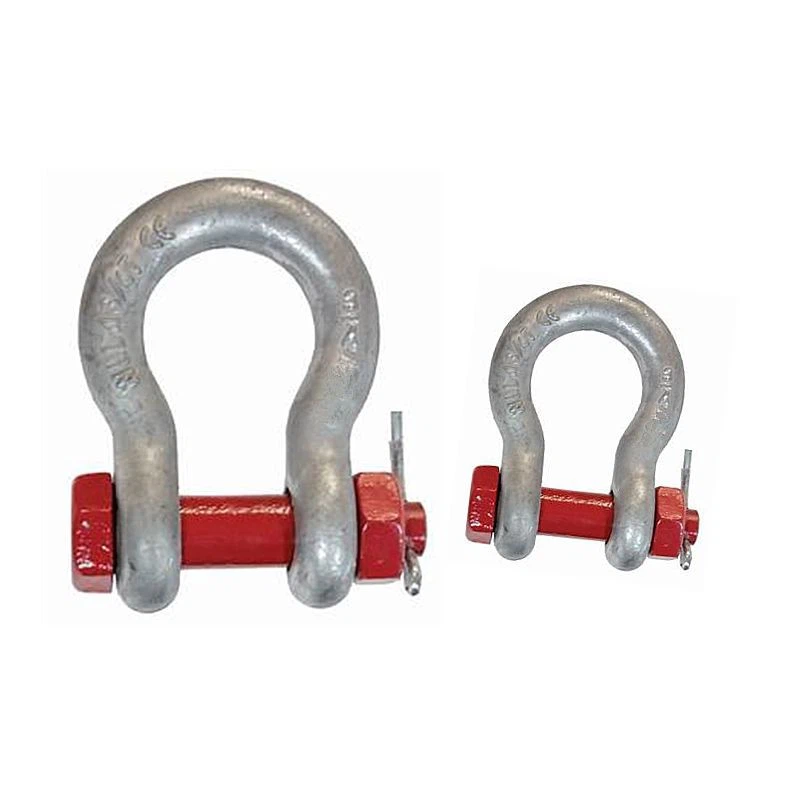
A clevis hook refers to a hook with a U-shaped attachment point or coupling with holes to thread a pin through and assemble your rigging—Many people like the removable pin to assemble and disassemble rigging quickly & easily. Clevis hooks are used for non-overhead applications.
Types of Clevis Grab Hooks
Clevis grab hooks are designed with a special narrow throat used to "grab" and shorten or hold a length of chain used in tie-down applications and in load-rated lifting slings. The throat engages the chain between the links for quick non-slip handling. Clevis grab hooks are manufactured to be used with a specific size and grade of chain. There are two types of clevis grab hooks, so the end-user should understand what type of clevis grab hook they're using prior to lifting a load into the air:
● Standard clevis grab hook: Becoming less common, the "non-cradle" clevis grab hook is most often seen in tie-down applications. When using a standard style clevis grab hook, it is important to be aware of any reductions in working load limit (WLL) that the hook manufacturer may require based on usage configuration. When using a "standard" clevis grab hook, most manufacturers require a reduction of 20% of the WLL.
● Cradle clevis grab hook: The "cradle style" is replacing the "non-cradle" or "standard" clevis grab hook for most applications due to its improved support of the engaged chain link. This additional support of the engaged link often means there is no reduction of working load limit (WLL) when used as designed. Always follow manufacturer recommendations for all lifting products.
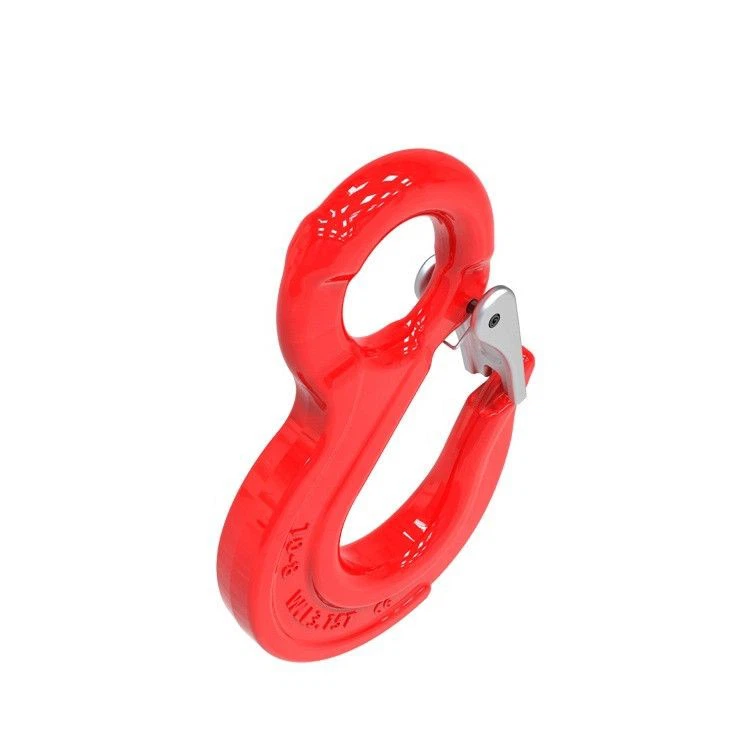
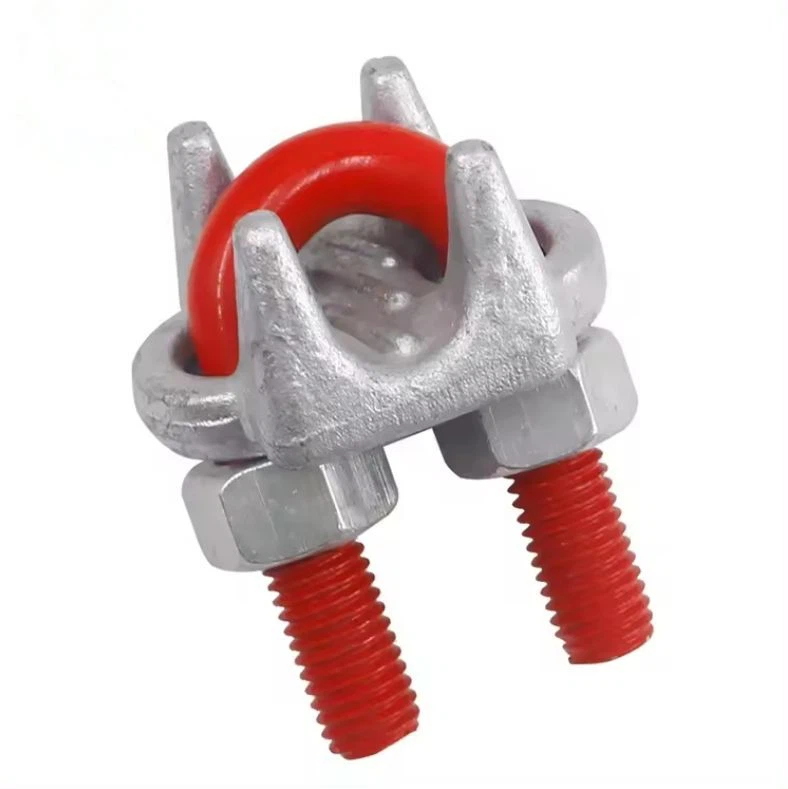
How to Use a Clevis Grab Hook
The consistent width of the slot in the hook is critical to all of this, because it will be just a hair wider than the thickness of the chain. That is on purpose. The entire chain link is intended to be slide into that slot.
Step 1: Position the hook over a link so that the hook is perpendicular to the link.
Step 2: Slide the hook down onto the link
The chain fits into the slot in the hook like it was made for it. Each side of the link is well supported by the hook.
When in use, the sides of the hook presses against the sides of the attached links, which spreads out the load quite a bit.
What Is Wire Rope Clip
Wire rope clips are a common and necessary piece of rigging hardware when it comes to using wire rope and forming end terminations. They are used to form a wire rope eye or to connect two cables together.
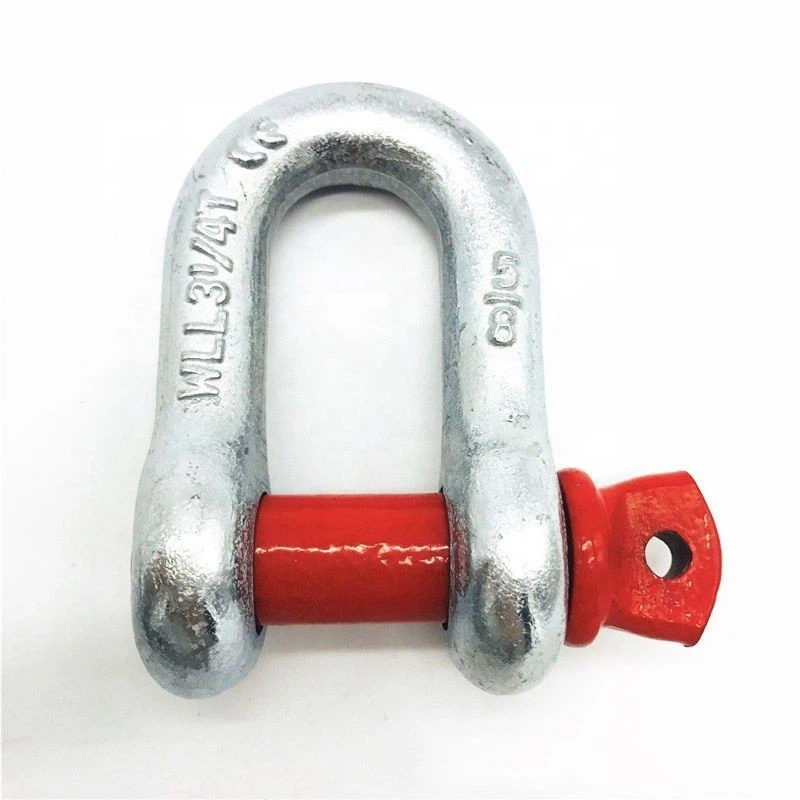
Types of Wire Rope Clips
There are two main types of wire rope clips—u-bolt and double saddle clips. U-bolt wire rope clips are the most common and may be made of forged or malleable metal.
U-bolt wire rope clips
This type of wire rope clip is essentially a u-bolt, two nuts, and a metal base (saddle) that can be made from forged steel or cast iron. Careful consideration and attention must be given to the way u-bolt type wire rope clips are installed.
Forged wire rope clips
The base of the wire rope clip is made from forged steel. Forged clips are heated and hammered into the desired shape—resulting in a consistent grain structure in the steel. Forged wire rope clips are used for critical, heavy-duty, overhead loads such as winch lines, crane hoist lines, support lines, guy lines, towing lines, tie downs, scaffolds, etc.
Malleable wire rope clips
Malleable wire rope clips are used for making eye termination assemblies only with right regular lay wire rope and only for light duty uses with small applied loads, such as hand rails, fencing, guard rails, etc. The base of the wire rope clips is made from malleable cast iron, which may fracture under heavy use and does not have the desirable metal properties of steel, or the beneficial grain structure that a forged base has.
Double saddle wire rope clips
Double saddle wire rope clips consist of two saddles, each with a leg, and two nuts—one used on the top and one on the bottom. Double saddle wire rope clips can be used in either direction, so they take the guesswork out during installation when applying to the live end and the dead end of a piece of wire rope.
How to Install a Wire Rope Clip
Wrap the wire rope around the thimble to form the eye, and turn the remainder of the rope back.
Install the first clip at the dead end side of the rope. The "U" side of the clip must always cover the dead end of the rope, and the "saddle" side of the clip on the live end of the rope. Place the nuts of the clip and tighten them using a torque wrench.
Next, apply the second clip and place it as close to the eye loop as possible. Same application for the clip. Tighten the nuts of the clip with a wrench. (If you're planning on using more than two clips, do not tighten the nuts on the clip.)
Place more clips on the rope if you need more than two on the wire rope. Be sure to space them evenly between the end clips. Finally, tighten the end clips and apply tension to reach the recommended torque for the wire rope.
Wire Rope Clips Materials
Various materials and finishes are available for wire rope clips, but they can be categorized into three main types: Carbon steel, cast or malleable iron, and stainless steel. These materials offer different levels of strength, durability, and resistance to corrosion, allowing users to choose the most suitable option for their specific needs.
Wire rope cable clamps come in two primary materials: Carbon steel and stainless steel. Carbon steel clamps are often galvanized, which means they have an added layer of zinc to prevent rust and scratching. The addition of carbon also makes these clamps harder and more vital. However, stainless steel clamps are better for applications in saltwater environments or other highly corrosive settings. They are naturally resistant to rust and corrosion, making them a more durable option.
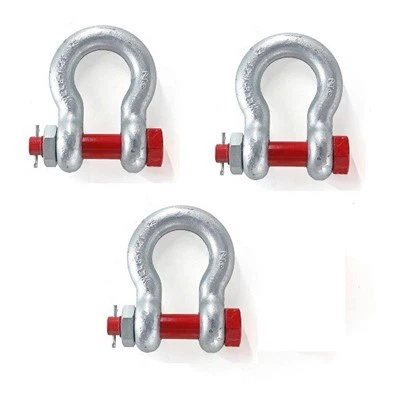
What Is Shackle
A shackle is a u-shaped, load-bearing connecting device designed to be used with a removable pin. Shackles can be used in a number of different rigging and load securement applications to connect different types of lifting slings, chain, or rope to an object or to each other.
The Parts of a Shackle
Before we begin, let's identify the different parts of a shackle so when we use terms like "bow," "ears," "pin," or "shoulder," you're familiar with what we're referring to
Bow
The curved portion of the shackle body opposite the pin—often referred to as the bail, body, dee, or bowl.
Ears
Portion of the shackle body that support the shackle pin
Pin
A steel bolt made to span the two shackle ears.
Shoulder
The part of the pin that makes contact against the ear when the pin is fully threaded or engaged.
Shackles are used in a variety of industrial and commercial settings.
Just like carabiners, the primary function of a lifting shackle is to provide a strong and durable connection between two points, that can be opened and closed as required to either allow or prevent disconnection. They are most often used in conjunction with other lifting equipment and accessories such as wire rope, synthetic slings and webbing. In these sorts of roles, shackles offer a reliable, secure and strong point of attachment between the sling or other lifting device and the payload in question.

Types of Shackles
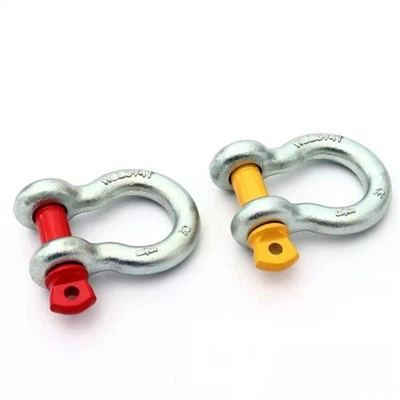
There are two main types of shackles: bolt-type shackles and screw-pin shackles.
Bolt-type shackles have a U-shaped body with a bolt through the center. The bolt is secured with a nut. Bolt-type shackles are the most common type of shackle. They are easy to use and available in a wide variety of sizes and strengths.
Screw-pin shackles have a U-shaped body with a screw pin that passes through the body and a hole in the pin. The screw pin is secured with a washer and a nut. Screw-pin shackles are more secure than bolt-type shackles but are also more challenging to use.
Working with Shackles
Select the correct type and WLL of shackle and WLL for the particular application. If extreme circumstances or shock loading may occur, this must be well taken into account when selecting the correct shackle. Please note that only load rated shackles conforming to applicable standards shall be used for lifting applications.
Shackles should be inspected before use to ensure that:
● All markings are legible.
● The body and pin are both of the same brand and type.
● The body and pin are both of the correct size;never use a safety bolt type shackle without using a securing pin.
● The pin, nut, cotter pin, or any other locking system cannot vibrate out of position.
● The threads of the pin and the body are undamaged;the body and the pin are not distorted or unduly worn.
● The body and pin are free from nicks, gouges, cracks and corrosion.
● Shackles may not be heat treated as this may affect their WLL.
● Never modify, repair or reshape a shackle by machining, welding, heating or bending as this will affect the WLL.
FAQ
Q: What is clevis grab hook?
Q: What is the difference between a clevis grab hook and slip hook?
Q: What is a clevis grab hook used for?
Q: How strong are wire rope clips?
Q: How is a wire rope clip installed correctly?
Q: What are the three benefits of wire rope sleeves over wire rope clips?
Q: Can wire rope clips be reused?
Q: Can wire rope clips be used for overhead lifting?
Q: What are the key safety considerations when using shackles?
Q: What are shackles used for?
Just like carabiners, the primary function of a lifting shackle is to provide a strong and durable connection between two points, that can be opened and closed as required to either allow or prevent disconnection. They are most often used in conjunction with other lifting equipment and accessories such as wire rope, synthetic slings and webbing. In these sorts of roles, shackles offer a reliable, secure and strong point of attachment between the sling or other lifting device and the payload in question.
Q: What is the difference between anchor shackles and shackles?
Q: When should a shackle be used?
Q: What is the benefit of a shackle?
Q: Where are shackles used?
Q: What do shackles do?
Q: What types of shackles are there?
Q: How do you determine the appropriate shackle for a specific task?
Q: What are the different sizes and specifications of shackles?
Q: What materials are shackles made from?
Q: How are shackles used in rigging applications?

